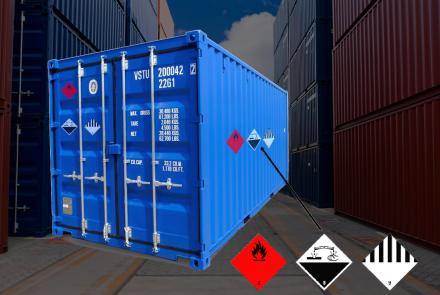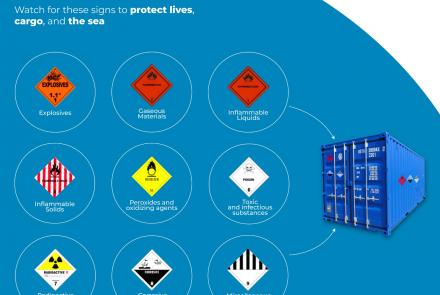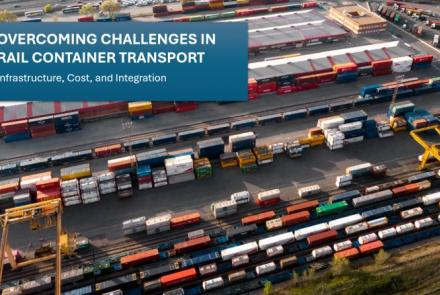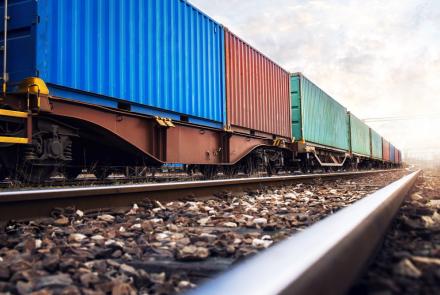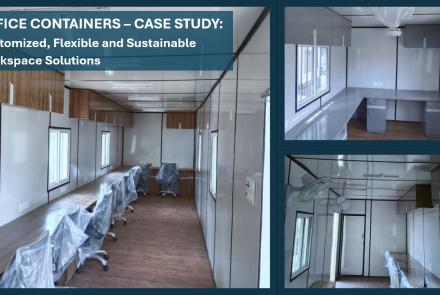Container Ramp is a levelling device used to make way for the height difference between a storage place (warehouse or building) and a transporting vehicle or shipping container. It creates a smooth passage for forklift trucks to carry cargo on and off the containers and loading bays. We commonly come across ramps in and around warehouses, shipping and locomotive yards. Ramps compensate for the height difference and the horizontal gap between the container and the loading bay in such a way that forklift trucks and pallet jacks can move in and out of the containers with goods safely, eliminating the need to fix a permanently raised structure. It also benefits in places having no loading bays, and the ramps act as an ascending bridge between the ground and the floor of the container.
BLOGS
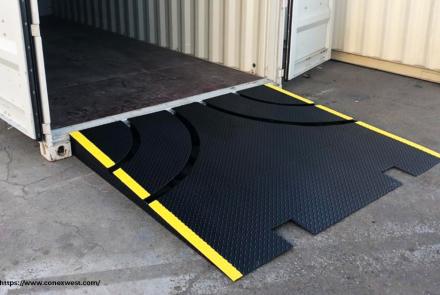
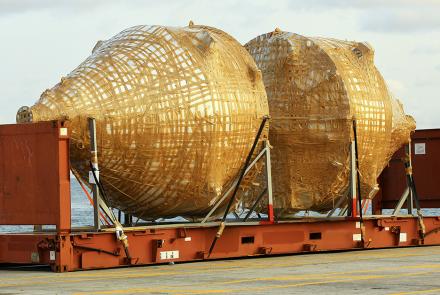 / 03 Jun 21We are all rather familiar with the appearance, dimensions and uses of the standard dry shipping containers and reefers. As we know, standard containers are closed on all sides and equipped with a door on the front side. But wouldn’t you be interested to know that there’s yet another type of container called “Flat Rack Containers”?
/ 03 Jun 21We are all rather familiar with the appearance, dimensions and uses of the standard dry shipping containers and reefers. As we know, standard containers are closed on all sides and equipped with a door on the front side. But wouldn’t you be interested to know that there’s yet another type of container called “Flat Rack Containers”?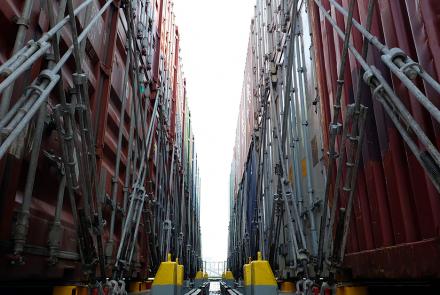 / 29 May 21In 2019, the shipping industry carried 226 million containers across the globe with cargo valued at over US$4 trillion. It’s interesting to observe that between 2008 and 2019, on average1382 containers, sank into the sea every year due to stack collapses. This brings us to the question – What causes container collapses, and how can we exercise better control over such incidents?
/ 29 May 21In 2019, the shipping industry carried 226 million containers across the globe with cargo valued at over US$4 trillion. It’s interesting to observe that between 2008 and 2019, on average1382 containers, sank into the sea every year due to stack collapses. This brings us to the question – What causes container collapses, and how can we exercise better control over such incidents?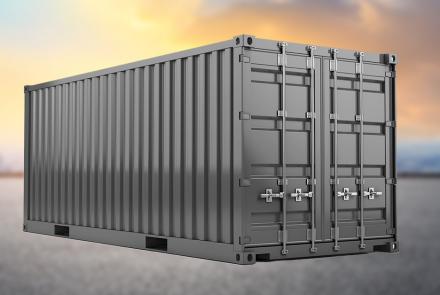 / 27 May 21Think of a scenario where a container owner places his empty containers at another location without having to incur the usual freight charges that would apply for empty container repositioning. Will this not sound profitable to the container owner? Well, this is indeed what is achievable when a container-owning company transports containers as “One-way containers” and “One-trip containers” to other locations. Let’s go a little deep to understand how this works.
/ 27 May 21Think of a scenario where a container owner places his empty containers at another location without having to incur the usual freight charges that would apply for empty container repositioning. Will this not sound profitable to the container owner? Well, this is indeed what is achievable when a container-owning company transports containers as “One-way containers” and “One-trip containers” to other locations. Let’s go a little deep to understand how this works.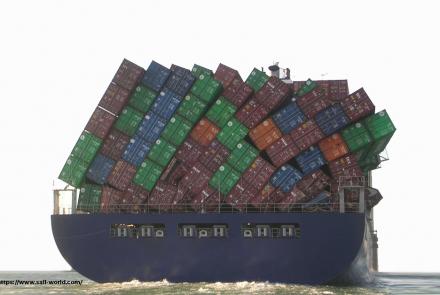 / 15 May 21According to the World Shipping Council, between 2008 and 2019, an average of 1382 containers was lost at sea each year. This adds up to a staggering 16,584 containers lost during the period.
/ 15 May 21According to the World Shipping Council, between 2008 and 2019, an average of 1382 containers was lost at sea each year. This adds up to a staggering 16,584 containers lost during the period.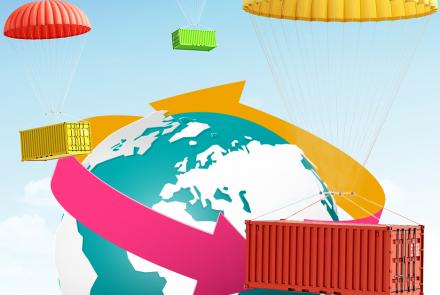 / 07 May 21Every year, moving empty containers costs the shipping industry in excess of 20 billion dollars, according to Boston Consulting Group. This equates to 12% of the shipping industry’s operating costs.
/ 07 May 21Every year, moving empty containers costs the shipping industry in excess of 20 billion dollars, according to Boston Consulting Group. This equates to 12% of the shipping industry’s operating costs.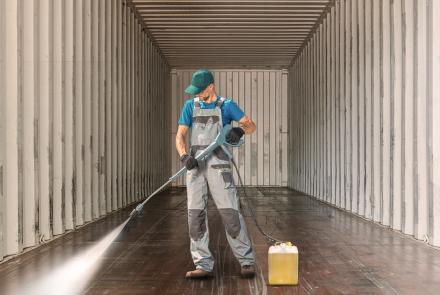 / 29 Apr 21Shipping Containers pass through varied climatic conditions & environments and are subject to severe weather on the seas and ports. They come in contact with harmful pathogens like mold, bacteria and viruses together with pollen, liquids and other dangerous material.
/ 29 Apr 21Shipping Containers pass through varied climatic conditions & environments and are subject to severe weather on the seas and ports. They come in contact with harmful pathogens like mold, bacteria and viruses together with pollen, liquids and other dangerous material.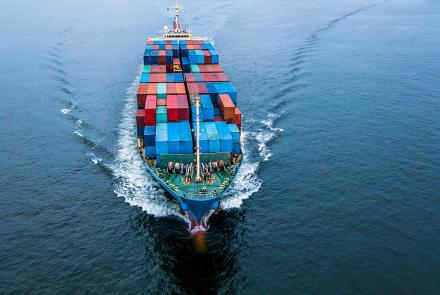 / 15 Apr 21Weight distribution in container stacks directly affects a vessel’s stability.
/ 15 Apr 21Weight distribution in container stacks directly affects a vessel’s stability.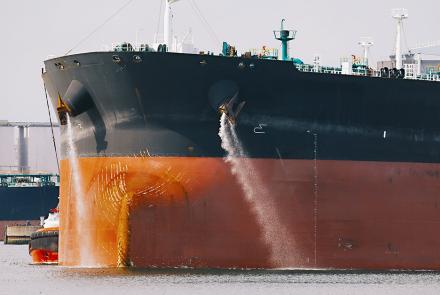 / 09 Apr 21Ballast Water can cause serious ecological imbalances due to the release of non-native marine species in coastal areas.
/ 09 Apr 21Ballast Water can cause serious ecological imbalances due to the release of non-native marine species in coastal areas.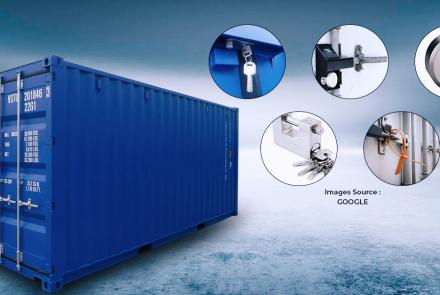 / 05 Apr 21Imagine when it comes to transporting goods in shipping containers, why should we display a sense of complacency with an instinctive trust that the consignment would be in safe hands till it reaches its final destination? In reality, many a time we are caught on the wrong foot and will regret the casual attitude adopted while stuffing containers with goods and handing them over to the shipper without giving a second thought about the security of the valuable contents inside.
/ 05 Apr 21Imagine when it comes to transporting goods in shipping containers, why should we display a sense of complacency with an instinctive trust that the consignment would be in safe hands till it reaches its final destination? In reality, many a time we are caught on the wrong foot and will regret the casual attitude adopted while stuffing containers with goods and handing them over to the shipper without giving a second thought about the security of the valuable contents inside.


